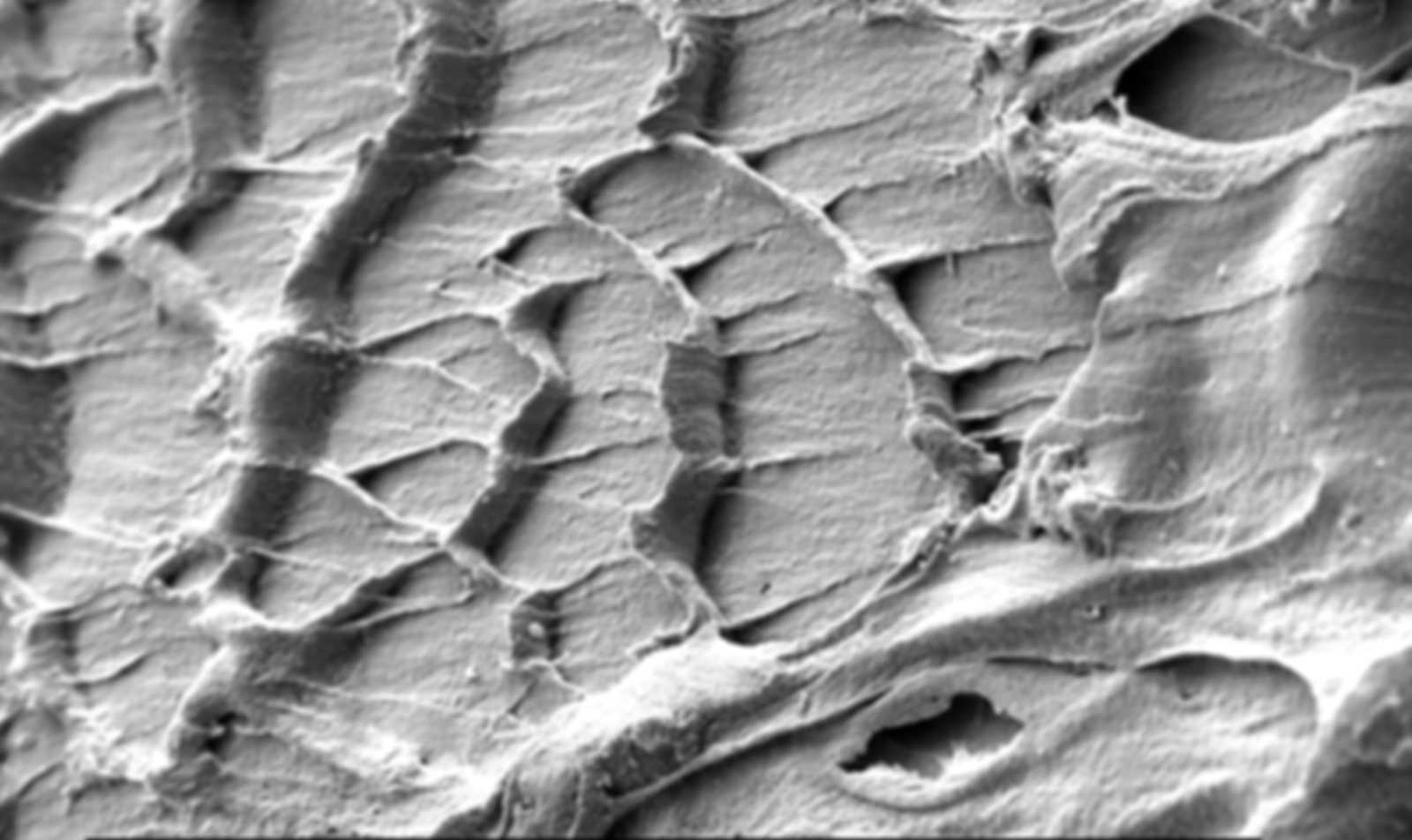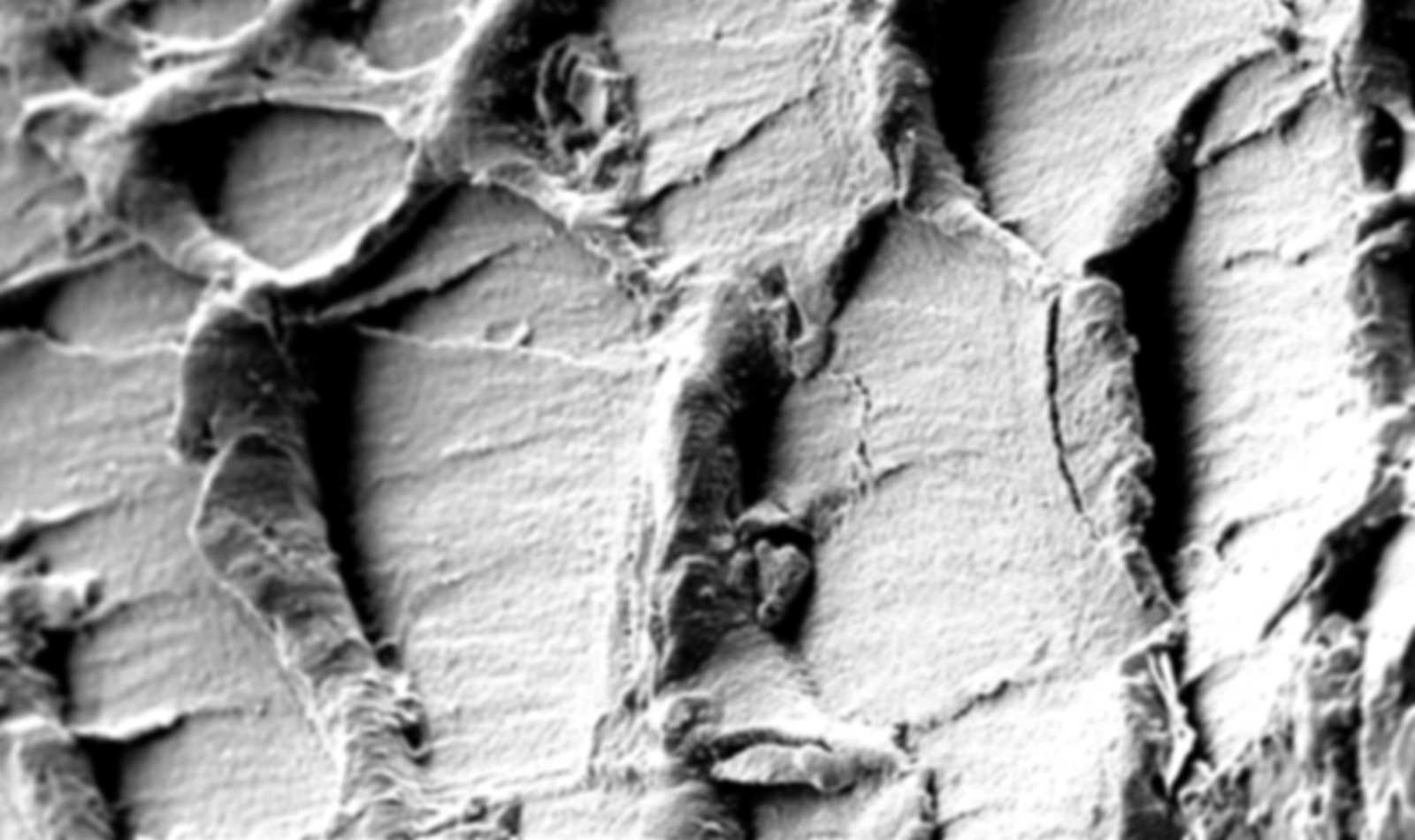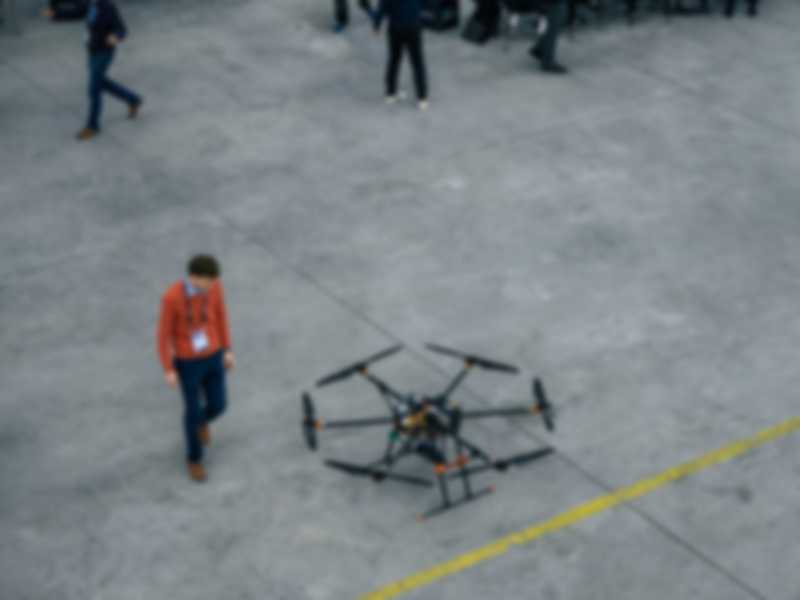POLYMER TO THE RESCUE – How Adrian Monteleone is cleaning the air and water with industrial waste streams
When Dr. Adrian Monteleone starts talking about his current progress in the development of his polymer adsorbents, the sentences just bubble out of him. He really gets on a roll when asked what he has in mind for the future. The biotechnologist is familiar with the potential that many plastics have for industrial applications, but he is also well aware of their potential to bind pollutants and trace substances. After all, his area of expertise is the toxicology of microplastics.
Microplastics are yet another kind of toxin; in fact, that's what microplastics are known for, and it’s also why they’re feared by society. But what if this supposed disadvantage were turned into an advantage? What if microplastics were used in a controlled and targeted manner?
It was precisely this idea that sparked Monteleone's start-up PolymerActive, in which he and his team want to actively use polymers, i.e. plastics, to filter pollutants, trace substances, and more. This would enable hazardous waste to be upcycled, and it can also reduce the use of activated carbon filters in many areas, with the long-term goal of avoiding activated carbon altogether.

The use of activated carbon is harmful to the environment but is currently indispensable. There is a lack of alternatives — for the time being. Activated carbon is usually obtained by carbonizing carbon-rich plant material (e.g. hard coal, charcoal, coconut fibers, or peat) or from open-cast mines as lignite. The coal is then treated at up to 900°C, and gas or chemical activation is used to further increase its surface area.
Adrian Monteleone gives value to hazardous waste that would otherwise only be burned and has developed a manufacturing capability to produce customized filters for any application and any contaminant.
Monteleone wants to produce hybrid adsorbents from hazardous plastic waste – which is adsorbed, not absorbed: During adsorption, molecules dock onto the surface of the plastic and are bound in this way instead of swirling around in the air. So that as many molecules as possible can dock, the docking sites have to be maximized. That means the surface of the plastic waste cannot be smooth. As with activated carbon, the same applies to plastics: The more furrowed the surface is, the larger it is and the more pollutants and trace substances it can absorb. However, the surface area of the hazardous plastic waste delivered to PolymerActive is too small. To change this, Monteleone and his team have developed a patent-pending process. Put simply, the plastic waste is first liquefied, then shaped into the desired form using a dripping device by precipitating the liquefied polymers and then hardening them.
The desired form can vary from powder to beads or from threads to membranes. The crucial point here is that Monteleone has managed to massively increase the surface area of the newly formed polymers using his process – and thus also the filter performance. For example, a sample weighing one gram already has a surface area of up to 338 square meters in its current state of development.
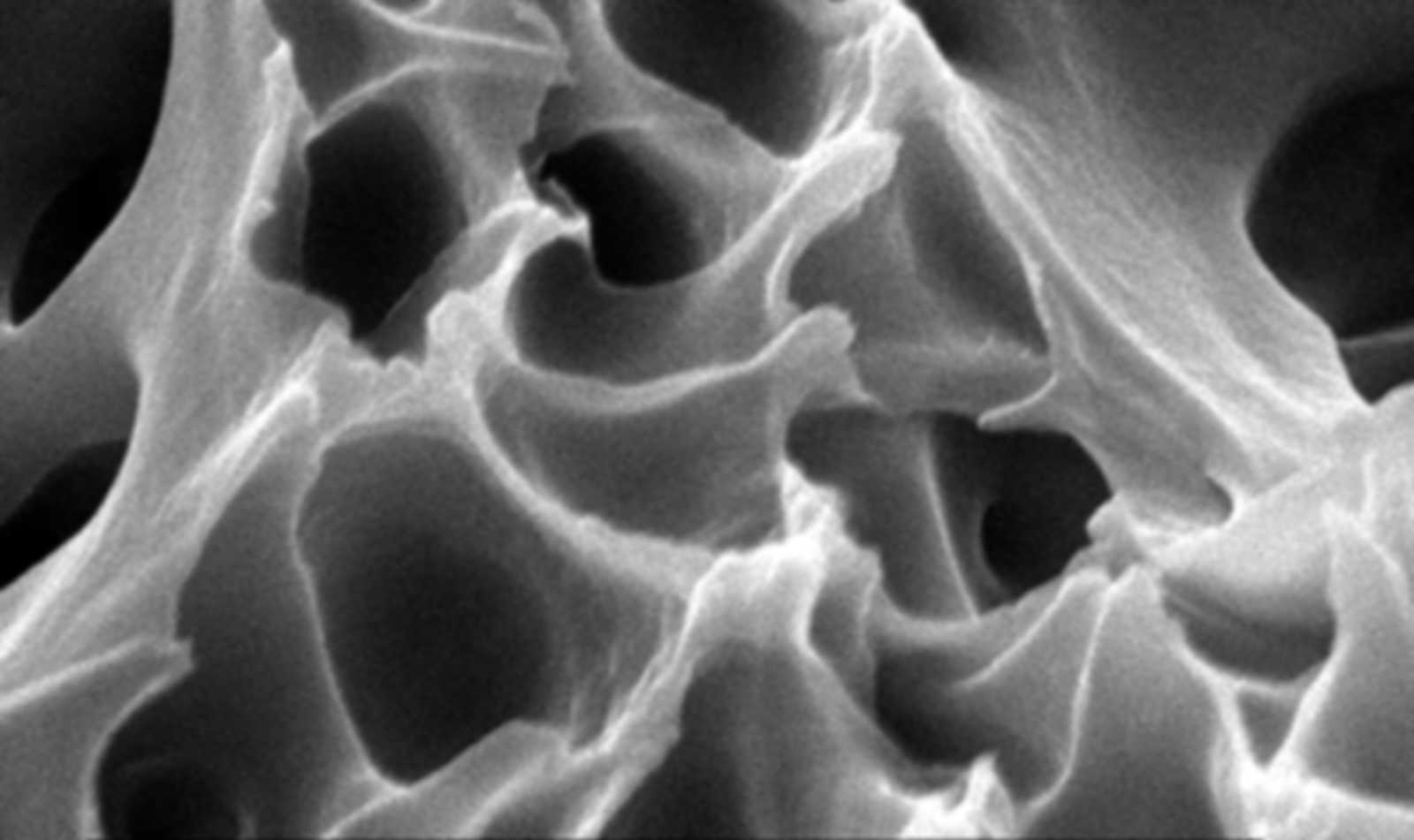
In addition to increasing the surface area, Monteleone has a second goal that he wants to achieve with his polymer filter material: he wants to functionalize the surfaces.
Each polymer binds other molecules, either directly or indirectly. Monteleone can either filter out pollutants that bind directly or use bridge
molecules. Bridge molecules bind to the polymer filters on one side and bind pollutants on the other. As a result, the polymer filter with the bridge molecule was converted in such a way that it filters pollutants and trace substances that previously could only be filtered with considerable effort or not at all, e.g., heavy metals such as lead, copper, and cadmium, but also organic compounds such as phenols, aromatic hydrocarbons, and pesticides.
The polymer filters can therefore filter pollutants for which activated carbon fails or which can only be filtered at high cost using other methods.
The use of polymer filters promises advantages above all in the filtering of fermentation gases, but in the future also of molecules in gases. This capability will be particularly relevant in the future, as ever stricter environmental regulations for waste incineration plants are making it increasingly difficult for their operators to comply with the threshold values while at the same time restricting the increase in costs. But Monteleone's filter technology can also help to filter building pollutants, especially when buildings could otherwise have to be demolished, saving the costs of new buildings and the associated CO₂ emissions. In addition, he has already been able to prove that the filter material can be used to filter volatile organic compounds from the exhaust air of production processes, for example, in the case of heavy indoor pollution.
But they can do more than just help to clean up the environment. The filtered materials might also be able to be recovered in a second process step for reuse as a raw material, and the polymer filter could then be reused after a treatment process. Although activated carbon can also be reprocessed, this is relatively costly and cannot be endlessly repeated.
Monteleone’s work will help to give hazardous plastic waste a second, more valuable life. His process is the first known large-scale production process for polymer adsorbents from plastic waste and can also be used for biological adsorbents. This means that combinations of biological and synthetic hybrids are also possible, and the polymer filters can be precisely aligned to the pollutant mix that is to be filtered. The cost of the polymer filter is well below 1,000 EUR per ton.
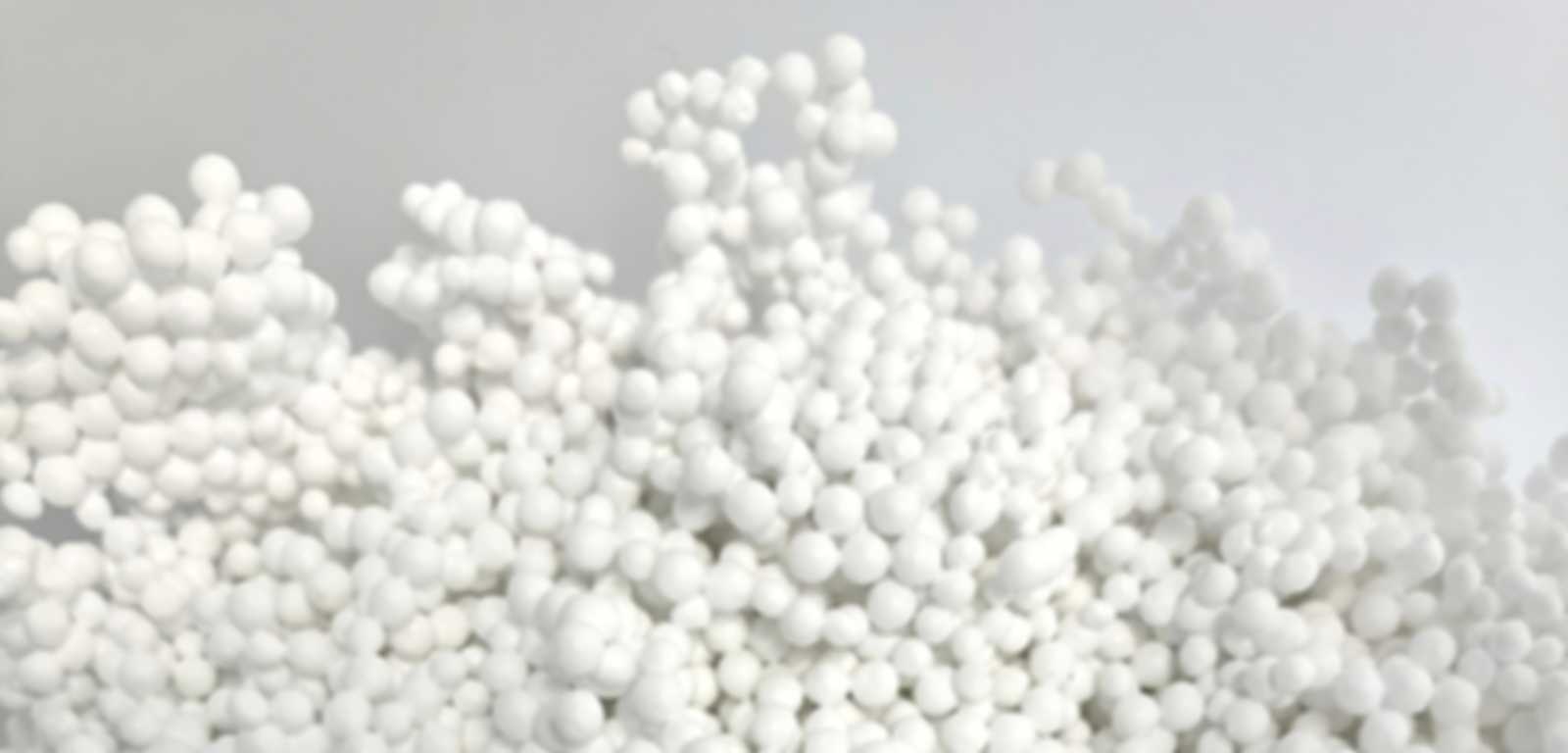
With SPRIND’s support, Monteleone and his team are exploring the limits of surface enlargement. He is also researching how extensively the polymers are functionalized and which pollutants and trace substances they can bind. We are also helping him to make his manufacturing process more flexible so that he can produce a fully automated polymer filter mix for every pollutant cocktail in the future.
Originally designed with the aim of water filtration, Monteleone’s adsorbents are now increasingly relevant for the filtration of gaseous media. This broader perspective has opened up completely new fields of application.
More about Adrian Monteleone and PolymerActive.
